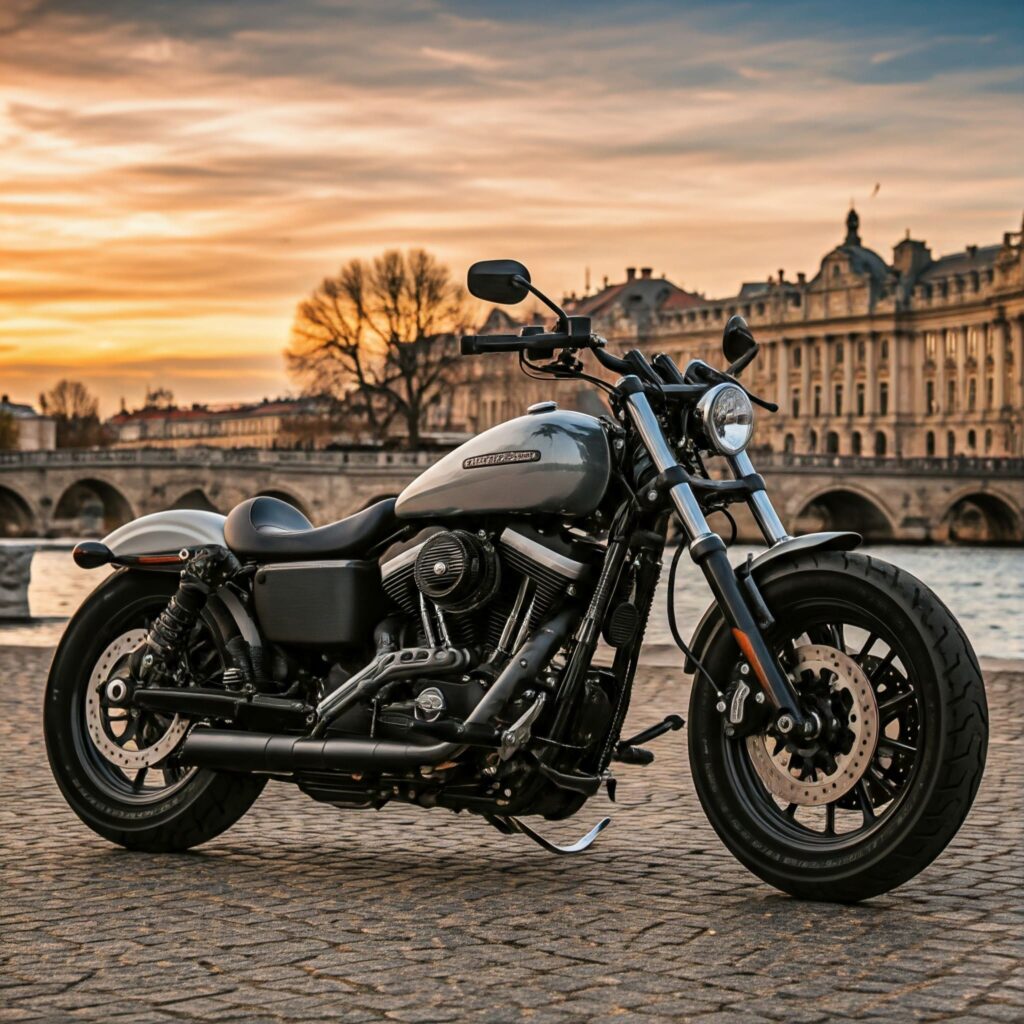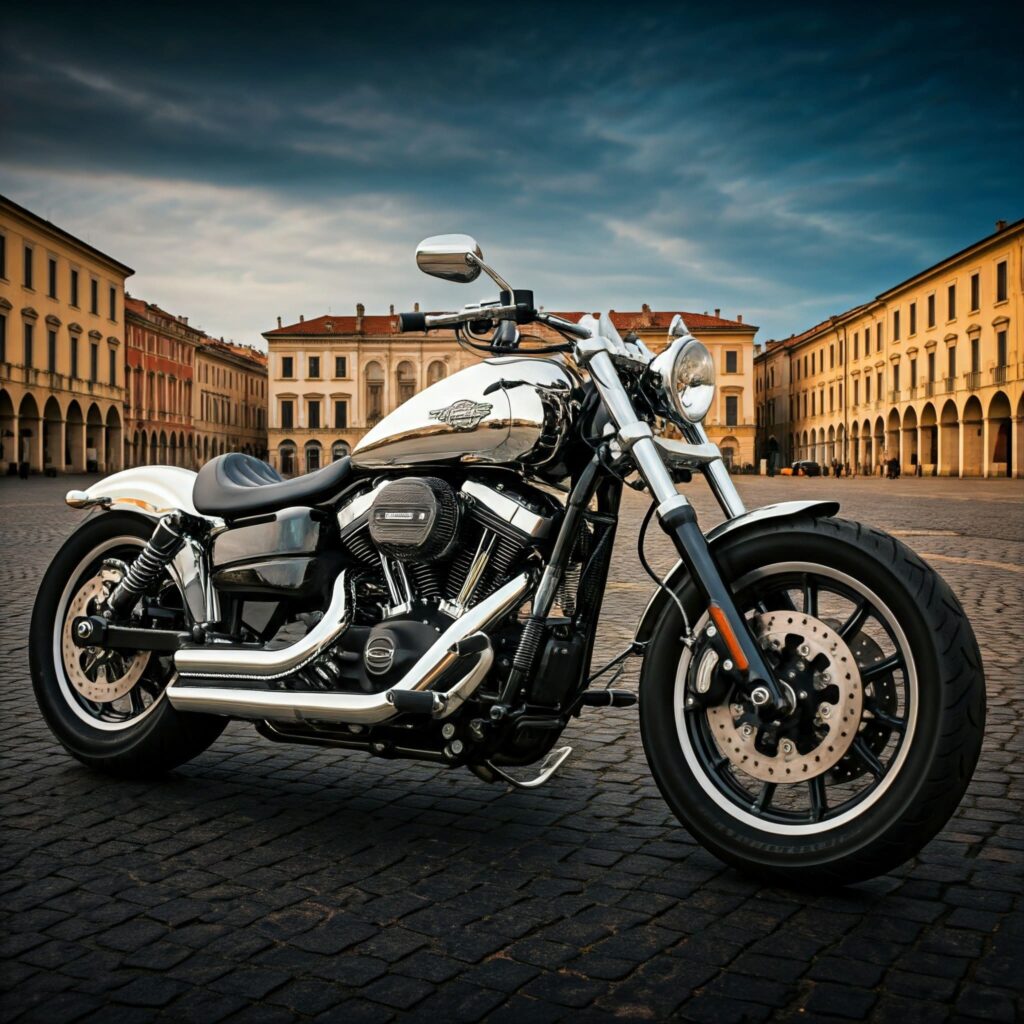Harley-Davidson motorcycles hold a legendary status, but their air-cooled engines are often prone to overheating, leaving many riders curious about the causes and solutions. This comprehensive guide explores the mechanics behind engine heat, the role of cooling systems, and an unbiased breakdown of popular motorcycle oil options to help you keep your bike running smoothly.
Why Do Harley-Davidson Engines Generate Heat?
Unlike liquid-cooled engines, Harley-Davidson motorcycles primarily rely on air cooling to regulate engine temperature. This design reflects the brand’s heritage but may struggle to meet the demands of modern riding, especially in extreme conditions.
Contributing Factors:
- Traffic and Low Speeds: Reduced airflow limits cooling in stop-and-go city environments.
- Hot Weather: High ambient temperatures further challenge airflow-dependent cooling systems.
- Riding Habits: Extended high-performance rides or aggressive acceleration can overwhelm the engine’s capability to shed heat.
- Maintenance Issues: Build-up of sludge or low-quality oil can restrict proper lubrication, leading to higher engine temperatures.
The Role of Cooling Systems in Heat Management
Although traditional air-cooled engines come with inherent limitations, aftermarket cooling solutions provide relief. Fan-assisted oil coolers and improved thermal management accessories are commonly used to tackle excessive heat.
Practical Benefits of Upgrades:
- Improved oil lifespan and reduced engine wear.
- Better temperature stability for consistent performance.
- Enhanced reliability during prolonged or intense rides.
Investing in cooling enhancements can significantly extend engine life, particularly for those living or riding in hotter climates.
The Crucial Role of Motorcycle Oil in Heat Control
Motorcycle oil doesn’t just minimize internal friction — it also plays a key role in heat dissipation. Selecting the correct oil, suited for operating conditions and engine specifications, is vital for maintaining temperature balance within your Harley engine.
Below, we examine three widely recognized motorcycle oils, conveying their strengths and features in an impartial comparison.

Oil Comparison: AMSOIL, Screamin’ Eagle Syn3, and LUCAS V-Twin Oil
Informed oil selection starts with understanding product features and knowing how to match them with your specific requirements. Here’s an objective breakdown of three notable options to help you decide.
1. Base Oil Composition
- Full Synthetic Oils: Fully synthetic oils, like those found in AMSOIL products, are known for consistency at high temperatures, reduced friction, and better oxidative stability. These qualities are advantageous for demanding riding conditions.
- Synthetic Blends: Both Harley-Davidson’s Screamin’ Eagle Syn3 and LUCAS Synthetic SAE 50W use synthetic-blend formulations. These products balance affordability with adequate performance, striking a compromise for general riders.
Base oil quality plays a critical role in thermal stability. Fully synthetic oils typically maintain viscosity and protective properties longer under extreme heat than blends.
2. Viscosity and Application
Motorcycle engines operate best when matched with oils of suitable viscosity, as outlined in the owner’s manual.
- AMSOIL: Offers diverse viscosity grades (e.g., 15W-50, 20W-50), allowing riders in varying climates and conditions to select the most appropriate option.
- Screamin’ Eagle Syn3 and LUCAS: Focus on SAE 50W viscosity, suited for specific climate ranges.
Selecting the right viscosity ensures proper oil flow throughout the engine, promoting efficiency and reducing risk under high-stress conditions.
3. Certification and Compatibility
All three brands feature JASO MA2 certification, ensuring compatibility with motorcycles equipped with wet-clutch systems. This guarantees that the oils meet minimum standards for heat endurance, wear protection, and overall motorcycle engine harmony.
Key Considerations for Choosing the Right Oil
- Manufacturer Recommendations: Always consult your motorcycle’s manual for viscosity and oil type guidelines.
- Environment: Climate, elevation, and riding conditions influence which oil will perform best.
- Maintenance Frequency: Higher-quality oils frequently excel in extended-drain applications but still require routine oil changes to protect the engine.

FAQs: Common Questions About Harley Overheating and Oil Selection
What is the primary reason Harleys overheat in traffic?
Air-cooled engines can’t cool effectively without motion. Adding an oil cooler or installing a fan-assisted system can significantly reduce heat buildup.
How often should I change my motorcycle oil?
This depends on the oil type and your riding conditions. Synthetic oils often allow longer intervals—typically between 3,000 and 5,000 miles—but check your manual for accuracy.
Is a synthetic oil upgrade worth it for my Harley?
Synthetic oils generally outperform blends and conventional alternatives in terms of heat resistance, viscosity stability, and sludge prevention. The decision depends on your usage and budget.
Does the choice of oil brand affect clutch performance?
As long as the oil is JASO MA2 certified, it’s compatible with wet clutches. Always follow the manufacturer’s specification for best results.
Final Thoughts: How to Keep Your Harley Cool and Running Smoothly
A combination of preventive maintenance, proper oil selection, and cooling system upgrades is key to maintaining your Harley-Davidson’s performance. Riders facing high-heat challenges may benefit from synthetic oils, aftermarket cooling solutions, and consistent upkeep of essential components.
By carefully analyzing your riding conditions, consulting your manual, and staying proactive with maintenance, you can enjoy a seamless riding experience—keeping both your engine and your adventure cool.
For a deeper dive into the science of motorcycle oils and their performance, check out this expert guide on Cycle World.
